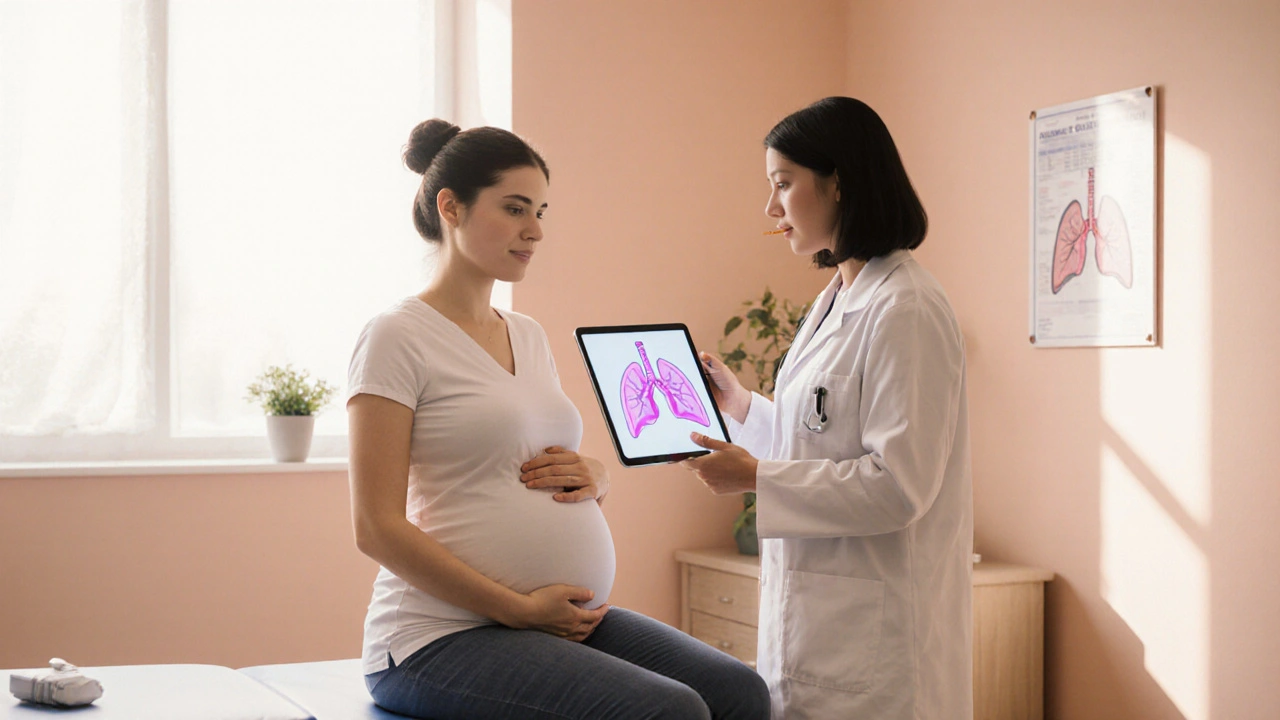Pulmonary Tuberculosis
When talking about pulmonary tuberculosis, a bacterial infection that primarily targets the lungs. Also known as lung TB, it spreads when infected droplets are inhaled. The culprit is Mycobacterium tuberculosis, a slow‑growing germ that can linger in the body for years. Treating the disease requires antitubercular therapy, a regimen of several antibiotics taken over months. Unfortunately, multidrug‑resistant TB (MDR‑TB) can develop when the drug mix is misused, making cure harder and lengthening treatment. In short, pulmonary tuberculosis encompasses infection, diagnosis, and a fight against drug resistance.
Key Aspects of Pulmonary Tuberculosis
Symptoms often start subtly: a persistent cough, night sweats, weight loss, and fever that won’t quit. A chest X‑ray or sputum test confirms the presence of the bacteria. Early detection matters because it limits spread and improves outcomes. People with weakened immune systems—like those with HIV or diabetes—are at higher risk. Prevention leans on the BCG vaccine, which reduces severe childhood TB but doesn’t fully stop lung disease in adults. Another silent stage is latent TB infection, where the germ hides without causing illness; it can reactivate later if the immune system falters. Lifestyle factors such as smoking, malnutrition, and crowded living conditions also raise the odds of catching the disease. Understanding these links helps health workers decide who needs screening, who benefits from preventive therapy, and how to tailor treatment plans.
The articles below cover everything from drug pricing and safe online purchases of antibiotics to detailed comparisons of TB‑related medications. You’ll find practical tips on managing side effects, navigating online pharmacies for antitubercular drugs, and staying up‑to‑date with the latest guidelines. Dive in to get a clearer picture of how pulmonary tuberculosis is diagnosed, treated, and prevented, and discover tools that can make the journey smoother and more affordable.

